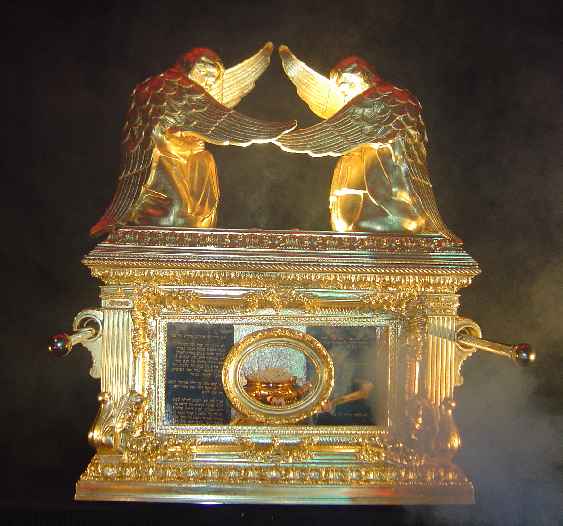

The presence of the invisible God was to be marked by no symbol of Himself, but by His words written on stone, preserved in the arc of the Holy of Holies and covered by the mercy seat. The first commandment therefore forbids the worship of any false god, seen or unseen, it is here forbidden to worship an image of any sort, whether the figure of a false deity or one in any way symbolical of Jehovah. Here, the theological truth is that the essence of God is spiritual and unseen (John 4:24). All Scripture is consistent in condemnation of the worship of any created thing in place of the Creator.

The clarification as to what graven images really are does not forbid painting, sculpture, or other art forms as such, it does, however, forbid selling art as a point of contact for worship. God is spirit and cannot be represented by statues or any likeness. The commandment forbidding any graven image specifically demands that thou shalt not bow down thyself to them. There is no other God, and no false gods are to have place in our lives. The first commandment stresses God’s complete uniqueness. The main prohibition to graven images is found in the Ten Commandments as located in Exodus 20:4,5 and also Deuteronomy 5:8. The reference to graven images may be found in several locations throughout the Old and New Testaments. Old and New Testament Mentions of “Graven Images”


 0 kommentar(er)
0 kommentar(er)
